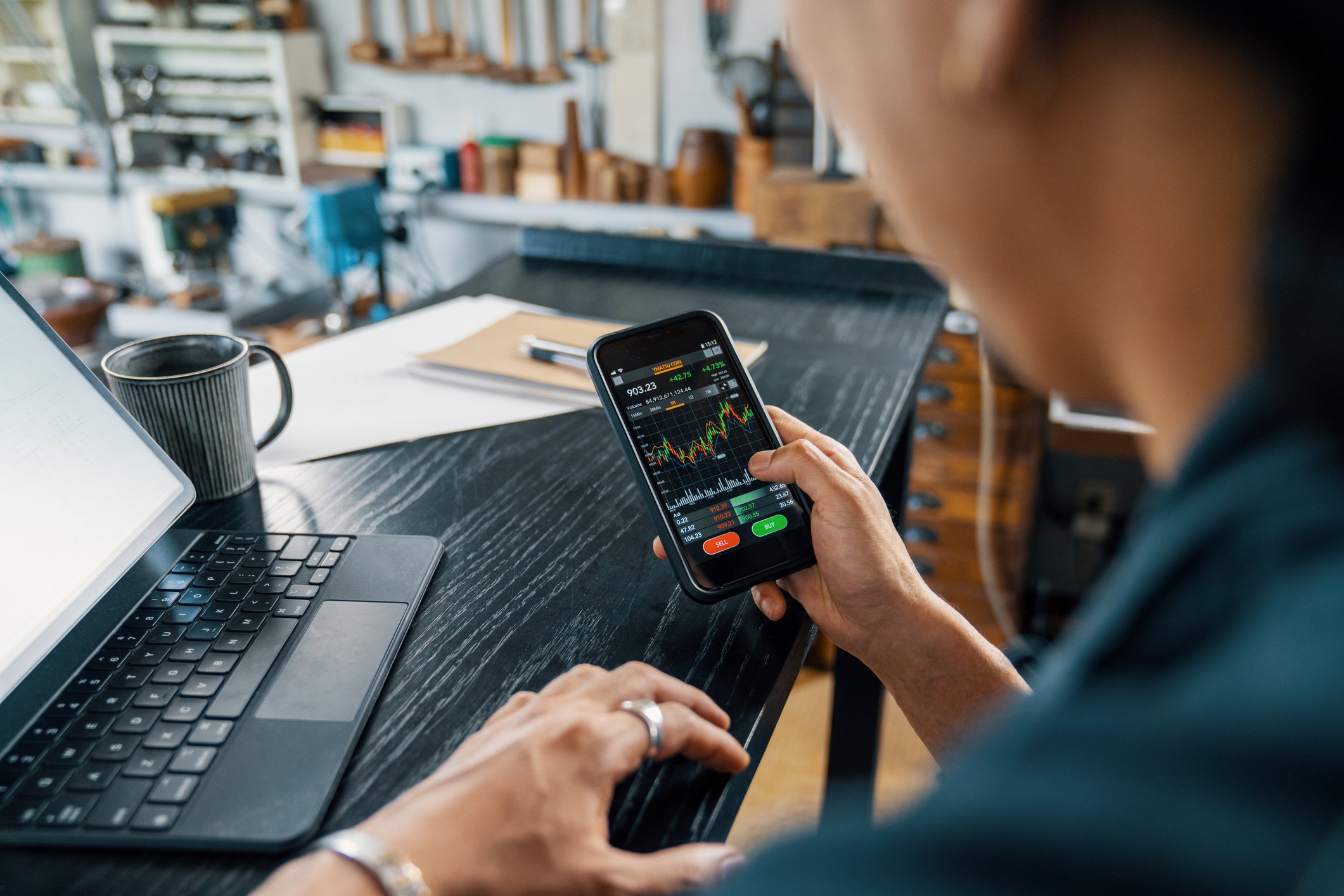Robinhood (HOOD 1.74%) has been one of the hottest stocks on the market recently. It's up almost 500% during the past year, and it keeps climbing.
The fintech superstar is a lot more than meme trades today. It serves a large and growing consumer base with an increasing array of services, and it has a lot more up its sleeve. But can it keep this up during the next three years? Let's see what might be happening at Robinhood in 2028.
Champion of the retail investor
Robinhood came to market attention for its free trading platform and leaderboard, where it posted its top-traded stocks. It became the platform of choice for meme stock investors, but it's now a home for retail investors looking for a great and cost-effective online trading platform.
It had 26.5 million customers as of the end of the second quarter, and $989 million in revenue, a 45% year-over-year increase. Since it doesn't charge for trades, it makes money in other ways; it uses a payment for order flow model, where market makers give it a fee to make its trades, it makes net interest income on platform assets, and it takes fees for its Robinhood Gold membership program.
Although it continues to attract new customers, it's making more money today from its highly engaged consumer base. Average revenue per user increased 34% in the second quarter, and most of its revenue comes from increased funds rather than new customers.
So where will it be in three years? User growth isn't particularly fast, up 10% year over year in the second quarter, but it's likely to attract more business, and Robinhood's target clientele might be switching over more quickly to the Gold membership. The Gold program was developed to offer value to its core consumer, and costs only $50 annually. However, customer growth is something to watch.
A real banking alternative?
In line with where its growth prospects are, which is in expanding its platform to offer more services to engaged users, Robinhood is launching new products and services that appeal to its retail investing community. It already offers a credit card for its Gold members, and it's in the process of starting to offer banking services. Other recent rollouts include futures and options trading, and it offer access to some initial public offerings (IPOs) and cryptocurrency trading.
It has a 10-year plan to become the No. 1 marketplace for active traders and eventually become the top global financial ecosystem. That will naturally come with many new products and services, challenging the likes of PayPal, with more than 430 million users globally, and Block's Cash App, as well as the traditional banks that have an online presence. It's quite ambitious considering its position today.

NASDAQ: HOOD
Key Data Points
Robinhood's customers have a median age of 35, and it sees a strong tailwind in generational wealth transfer during the next few years. Today, most wealth is held by baby boomers, who are between 60 and 80, and as that gets transferred to the younger consumers who are more likely to use Robinhood's services, it will plow more assets into the Robinhood ecosystem.
The company also sees a large global opportunity outside of the U.S., where households own stocks at much lower rates. Robinhood is already live in the U.K., and it's in the process of entering 30 European markets.
Will it make more progress during the next three years? Almost certainly. Expect more services, more funding, and higher engagement. However, a lot of this is contingent on a thriving bull market, which investors are enjoying today. If its banking segment gets rolling, that could provide some stability even during difficult markets.
Priced for perfection
As excited investors buy into Robinhood's growth story, it's become quite expensive, trading at 59 times forward one-year earnings. That means it's susceptible to falling on any negativity. Granted, there's been a lot of positivity lately, which is how it got a premium valuation.
I would be surprised if Robinhood stock can continue to climb at current rates for the next three years. Revenue growth is slowing, and the stock is expensive. It does look like it has robust long-term opportunities, but I would caution investors to wait for a better entry point.







